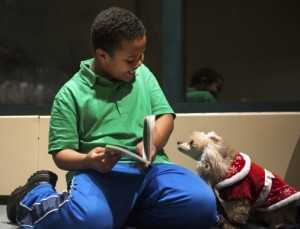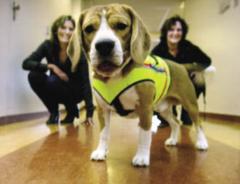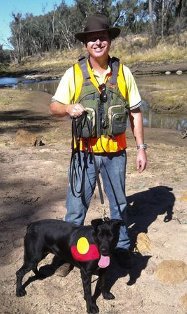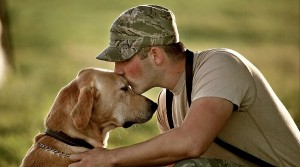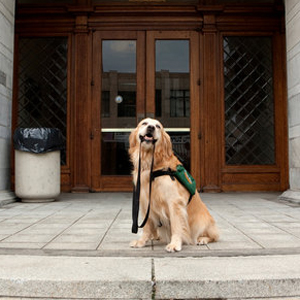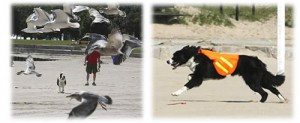 In 2006, things looked pretty dire for the penguins of Australia’s Middle Island. A once thriving colony had dwindled from over thousand down to four remaining penguins. The population had been decimated by the introduction of foxes to the mainland.
In 2006, things looked pretty dire for the penguins of Australia’s Middle Island. A once thriving colony had dwindled from over thousand down to four remaining penguins. The population had been decimated by the introduction of foxes to the mainland.
These new predators had developed a taste for baby penguins. They would swim across Stingray Bay at low tide and gorge themselves on the helpless creatures. Conservationists tried a variety of ways to stop the foxes but nothing seemed to work. It seemed like only a matter of time until the foxes destroyed the penguins of Middle Island.
In 2006 — with the population down to just four birds — conservationists introduced a pair of Maremma sheepdogs to protect the flock. The dogs were specifically trained to protect penguins rather than sheep. After some initial hiccups, they performed their jobs spectacularly.
The skittish penguins soon got used to the dogs; the foxes did not. The Maremmas have kept the penguins safe from predators and the population has started to rebound. The island now contains at least 200 pairs of happy feet.
According to Live Science, Australia has a dubious history of using one species to protect another. Fortunately, failure didn’t deter them. The Maremma guard dog project has been so successful, it’s now employed at nearby Point Danger to protect gannet birds. In 2010, the project received an environmental award from the Australian government.
